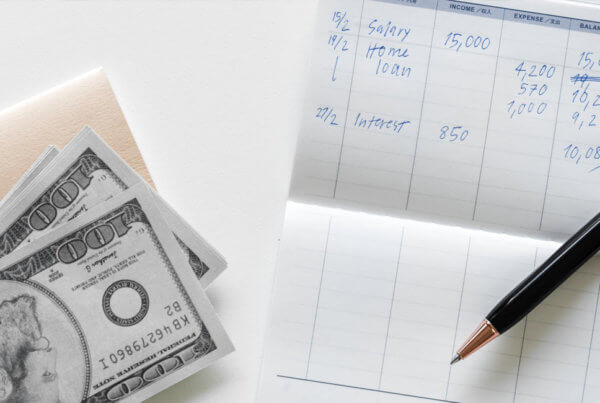Unsecured credit step aside, secured credit is here to help rebuild.
Times are tough for the general population’s credit. Even those who enjoyed easy approvals and low interest rates in years past are starting to feel the crunch. The reality is, your credit card or other unsecured debt always catches up to you. When this happens, we enter a rebuilding phase. There are many tools a consumer should be using to rebuild their credit, secured credit is a great addition.
Here’s a secret: It’s designed to.
Interest is the cash value of the credit extended to a borrower. Many people obtain credit cards and begin a vicious cycle of minimum payments. These payments do little to lessen the actual balance, and primarily pay the interest.
Shouldn’t their credit be great after all this time?
The “average” American credit score doesn’t change much between millennials and generation X. In addition, older generations have taken on more housing debt than their younger counterparts.
The reality is, all generations are facing both credit and debt issues. Many of us will find ourselves rebuilding our credit multiple times through our lives. It’s important to know every tool available to you while rebuilding.
What is a Secured Line of Credit?
A secured line of credit is a loan funded by depositing money into a “credit” account to serve as full or partial collateral. It can be the most reliable option for a young borrower or post-bankruptcy borrower to build or rebuild a credit score.
This card has a fixed credit limit that is partially collateralized by funds in a savings account. Specifically, card-holder deposits a certain amount of money into savings account with the credit card company. This is used to protect the company from the card-holder’s security deposit.
Pertaining to the cardholder’s credit history, a deposit of 50% to 100% of the credit limit into the savings account. These funds truly belong to the card-holder only, and he can retrieve it if he pays off or cancels the secured credit card. Since it reduces the risk to the credit card company, they charge a lower interest rate. Secured cards especially prove useful to people with bad credit history.
Secured credit cards.
When you get a secured credit card, you “fund” it through your bank account. While credit score doesn’t play as large a factor in these types of loans, having a valid bank account does.
A certain amount is deposited in the account, and money can be borrowed up to that amount using the card. If the borrowed money cannot be repaid, the account can be accessed to cover the debt. The creditor can also charge substantial fees for a secured card.
Secured credit cards look just like any other credit card, so no one can identify it differently. If you have trouble qualifying for unsecured credit, you can use a secured card to establish a record of using credit responsibly.
A secured line of credit is a tool to help rebuild your credit.
Acquiring a secured credit card is useful in many ways like renting a car, reserving an airline flight and online payment of purchases. These cards provide a credit line that matches the same amount of cash you deposit with the lender as collateral. While it may not seem like true credit, it’s money being spent using the credit system. Because it’s flowing through the credit system, you’re receiving positive reporting by using it and paying it off regularly.
Benefits of using a secured credit card.
Re-Building your credit score: Banks that provide secured credit cards report any and all payment activities to the credit agencies. If your account is managed responsibly, it may be favorable to rebuild your credit score.
Getting a credit card under “impossible” conditions: Secured lines of credit are available to those with major derogatory items, such as recent collections, who would normally be rejected straightaway for a normal card.
Spending discipline: A secured credit card does not allow you to go on unlimited shopping sprees. Your limit is the amount available in credit at the moment. It basically forces you to live within your means.
Qualifying for an unsecured card: If you pay your payments timely every month, some lenders may convert your credit line to an unsecured one after a certain period of time.
Earning interest: Some lenders may pay a small amount of interest on the amount you have deposited to secure your line.
Disadvantages.
Small credit limits: While regular credit cards offer credit lines in the tens of thousands, most secured credit cards only allow credit lines of several hundred dollars, limiting your purchasing ability.
Higher rates and fees: These credit lines costs you more to own. A higher rate of interest and annual fees from most lenders is common. Some may charge a monthly fee also just to keep your account activated.
Deposits at risk: If you are not able to repay the balance, your lender may claim the money deposited.
Predatory lending: Many lenders offering secured lines of credit are legitimate, but look out for these warning signs: They offer terms grossly in your favor, or tempt you to purchase items as a condition for issuing the card
To conclude, a secured credit card may act as a tool used to improve your finances, if utilized responsibly. This type of credit is one of several tools all consumers rebuilding credit should have access to.




